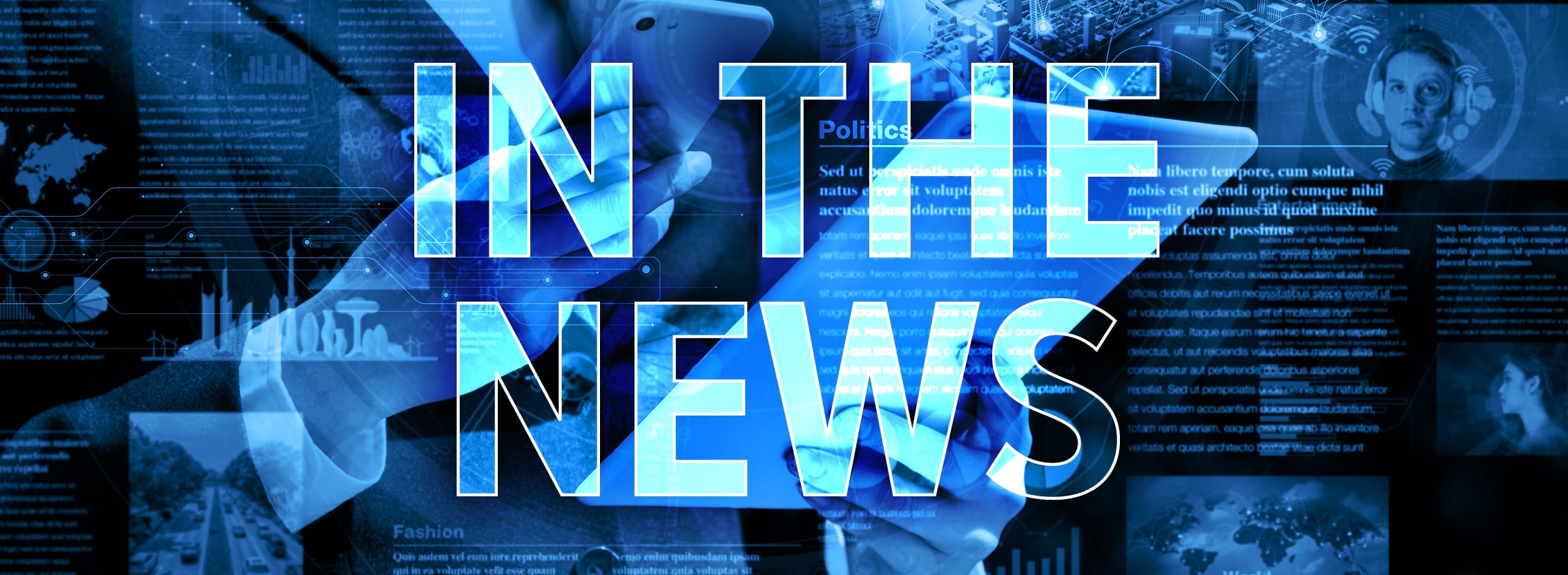Elizabeth Squires Discusses Industry Challenges Amid a Rise in Natural Disasters
Safeguard in the News
June 13, 2022
Source: DS News
The mortgage servicing industry, and related satellite sectors such as property preservation providers, have navigated enormous challenges over the past two years, with headwinds both global and particular to the business of mortgage. But even amidst the unpredictable eddies of a global health crisis, the industry has continued facing the rising waters, both literal and metaphorical, of waves of increasingly common, and increasingly damaging, climate-related natural disasters.
Hurricanes buffer coastal areas, causing both wind damage and widespread flooding. Drought continues to linger throughout many parts of the nation, with wildfires becoming an increasingly familiar presence throughout the west and southwest portions of the country.
CoreLogic’s 2021 Climate Change Catastrophe Report reported that more than 14.5 million single- and multi-family homes were impacted by the largest natural catastrophe events of 2021, with an estimated $56.92 billion in property damage. The Catastrophe Report further detailed that over 14.5 million homes were impacted by hurricanes, wildfires, winter storms, or severe weather in 2021.
According to data from the National Centers for Environmental Information and National Oceanic and Atmospheric Administration (NOAA): “In 2021, there were 20 weather/climate disaster events with losses exceeding $1 billion each to affect the United States. These events included 1 drought event, 2 flooding events, 11 severe storm events, 4 tropical cyclone events, 1 wildfire event, and 1 winter storm event. Overall, these events resulted in the deaths of 724 people and had significant economic effects on the areas impacted. The 1980-2021 annual average is 7.7 events (CPI-adjusted); the annual average for the most recent 5 years (2017–2021) is 17.8 events (CPI-adjusted).”
According to May data from First Street Foundation’s Wildfire Model, there are nearly 20 million properties that face “Moderate” risk of wildfire (up to a 6% chance of experiencing a wildfire over 30 years). NOAA data notes that the financial toll associated with wildfires has grown substantially, especially over the last half-decade, with $81.7 billion or 66% of all direct losses since 1980, occurring over the last five years.
With FHFA Director Sandra Thompson having stated that “climate change poses a serious threat to the U.S. housing finance system,” there’s no question that climate-related disasters remain a stark and expanding challenge that the mortgage and housing industries must navigate in the decades to come. With that in mind, DS News has once again checked in with some of the industry’s subject matter experts on the topic to learn how the organizations dealing with the frontline fallout are tackling the difficulties and planning for the future.
Elizabeth Squires
AVP, Client Account Management, Safeguard Properties
What are the most critical components of how the mortgage industry should prepare to respond to the waves of increasing, and increasingly damaging, natural disasters?
The industry has done a tremendous job of understanding the impact of natural disasters and developing playbooks to address each type. The most important thing to understand is the individuals that do the work (inspections, preservation) are also directly impacted by the disaster. To effectively gather information and deal with the impact of events, contractors and vendors must be brought from other areas or travel into the impacted zone. This requires accommodations, travel costs, and the ability to deploy the knowledge of local realities to the visiting vendors.
What lessons have come out of COVID-19 that can be applied to natural disaster response and assisting impacted homeowners through those challenges?
Primarily, we learned that our contractor base is extraordinarily flexible and dedicated. We survived the impact of the pandemic and also worked within the hundreds of local constraints and frameworks that were created and put into place, seemingly overnight, to keep people safe. Community blight doesn’t go away just because we are in a lockdown; we need to ensure we find safe ways for vendors and contractors to do their work.
What are some ways climate change is impacting the industry and the way it must do business in the decades to come?
Generally, there are more disasters and extreme weather events than in recent memory. Droughts in the western United States have caused wildfires to become more common than ever before. The challenge with a fire is that the impact (similar to a tornado) can be very inconsistent in a given area. It is critical to get inspector boots on the ground quickly so we can triage the homes that need the most help.
How can technology best be leveraged to help predict, address, and solve these problems?
Technology can be unreliable to predict areas of impact prior to a disaster. We use the tracking models provided to prepare our network, including out of area vendors, but in the end, we only know the true impact once the disaster hits. Technology is best used to have a rapid response to actual, not theoretical, conditions on the ground. Communicating quickly to the appropriate decision-makers when every hour and day is critical to reducing damages can be extremely impactful.
Are there any other important aspects of natural disaster/climate change response that you think should be on the industry’s radar right now?
Each servicer, GSE, and investor have their own view of best practices, so getting to a more consistent approach where you have allowables based on conditions is the biggest opportunity we have. Eliminate the “bid and wait” cycle and ensure that we utilize the boots-on-the-ground time most effectively when we have an impacted area.
To access the full story, please click the source link above.






